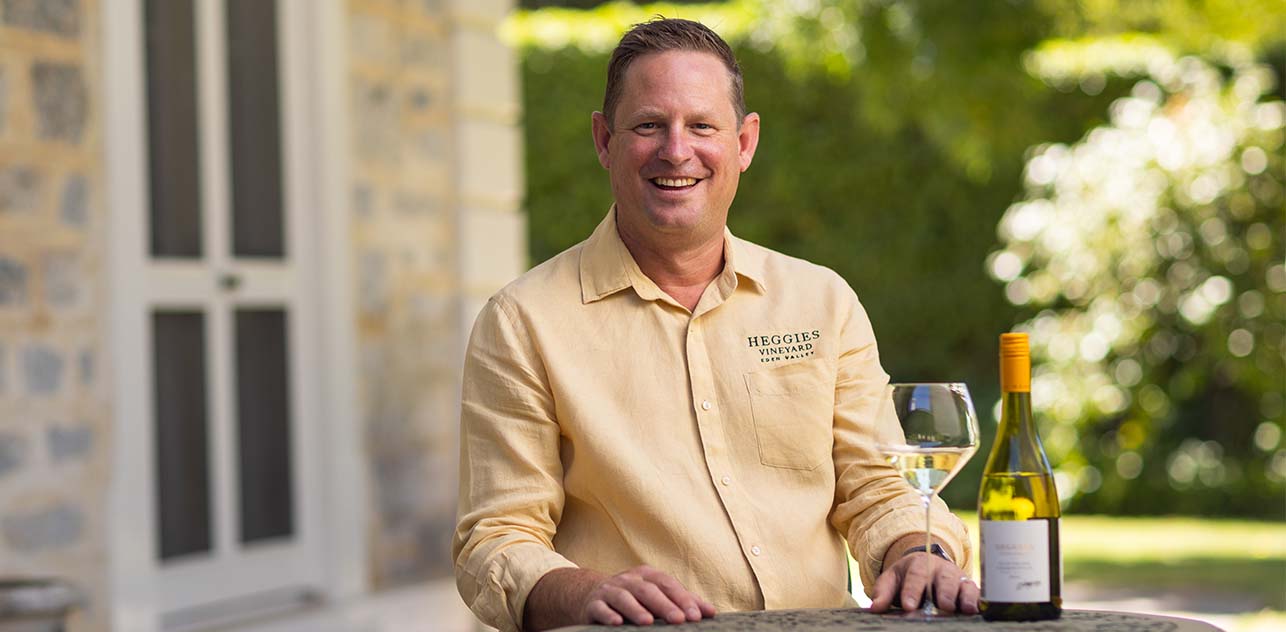Our Hilltop Terroir
On misty mornings, clouds embrace the close-planted vines. Not only is it a beautiful (chilly) sight, the magical scenario imparts the cool climate qualities for which their bounty is adored. Add cooling breezes across the lake and shade provided by bountiful foliage and you’ve got unique microclimates and parcels of fruit that drive the characters in each wine. What’s going on below the earth’s surface is important too. A thin layer of grey sandy loam over clay and decomposed rock means the vines work harder; just like Aussie battlers of yore. As they compete (quite vigorously) for moisture and nutrients, determined to survive and prosper. It all means slower ripening and distinct but nuanced flavours. Mother Nature agrees; there’s no place like Heggies.
The Importance of Clones
Spend enough time at cellar doors or with winemakers and you’ll hear talk of clones. Not the human DNA kind, they're actually talking about grape clones (which is essentially a cutting from a plant to propagate a new vine). Heggies Vineyard is a patchwork of handkerchief-sized blocks and rows of clones, chosen to best reflect the diverse micro-climates throughout the 190-hectare site, 153 of which is native vegetation, the rest treasured vines. In addition to new hilltop Chardonnay plantings (95 and 76 clones) and Riesling, there’s the all-important close-planted Bernard (aka Burgundian and Dijon) clone of which Heggies Vineyard was a pioneer. In a nutshell, a clone has the ability to affect the way a wine smells and tastes. Each with a different character. The clones that call Heggies Vineyard home provide beautiful blending opportunities for exciting aromatics and flavour both in the winery and ultimately, the glass.









